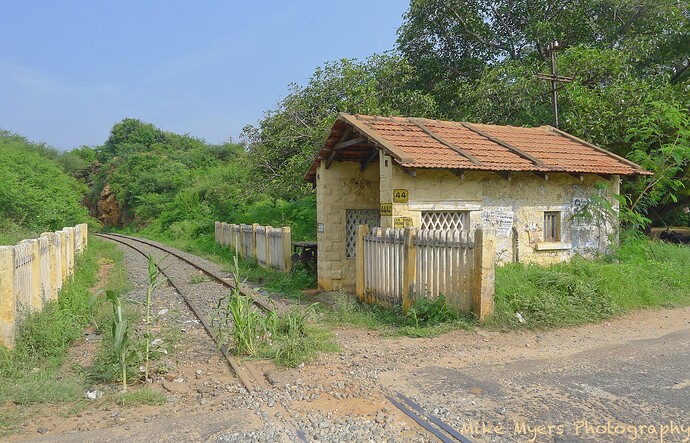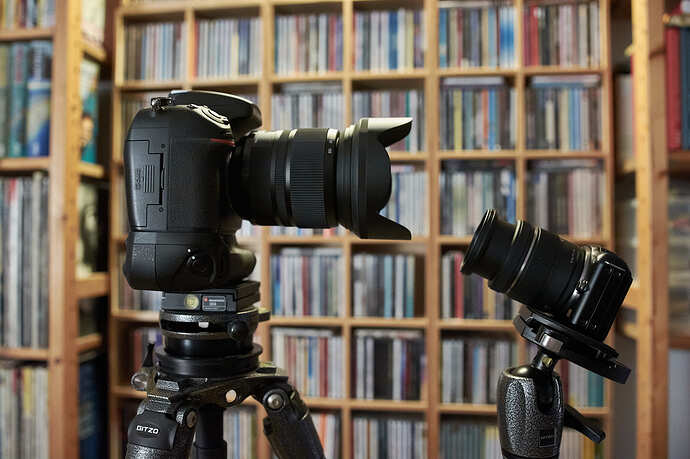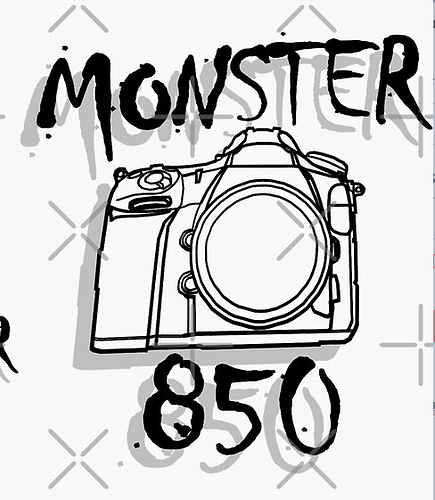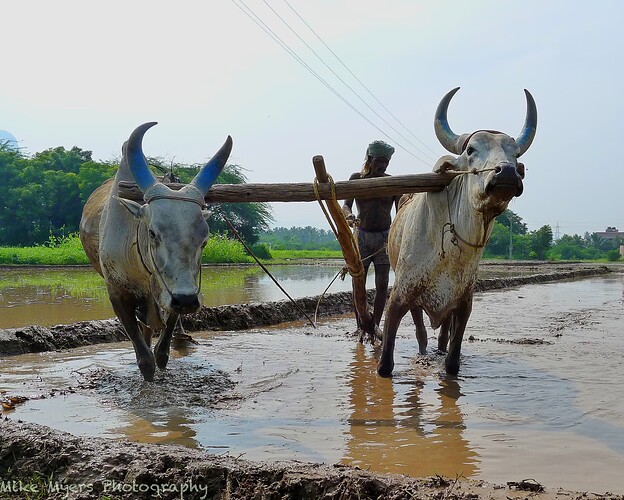I would never contemplate darkroom printing.It is simply too expensive, not just in terms of purchasing all the kit but in terms of having to print test strips and trial prints, which you have to assess before spending even more money on yet another sheet of paper before being totally satisfied.
We scan using an Epson V700 flatbed scanner with a BetterScanning mount, producing a 16 bit TIFF and then using either PL or Affinity Photo to de-spot the resulting files.
Learning how to scan well is an art form in itself and requires knowing how to create a tone curve to match each and every negative, in order to get the maximum of detail out of the neg.
What’s to recognise? It’s a TIFF file created by a scanner, with a lot of manual adjustment in the scanning software. Just put the TIFF files in a folder and point PL at that folder.
The only reason you “import” DSLR files is because you want to add all sorts of metadata on the way but, in reality, all you have to do to get digital files into PhotoLab is to simply place them into a folder, just like you would an ordinary TIFF file.
What do you mean “a lens”? We have 72mm, 90mm, 120mm, 150mm, 180mm, 210mm and 400mm lenses. Since you don’t get zoom, apart from walking back and forth, you need to consider what focal length to use and, instead of wasting half the image by cropping from a wider lens, you tend to not bother taking a shot if you can’t match the focal length and distance to the full frame. By the way, 400mm is not considered telephoto, it is a portrait lens, equivalent to about 110mm.
It would be extremely rare to take your “spur of the moment” type of photos - there is far too much setting up to do. The fastest shot we ever took was one of the lighthouse and sunset at Pontusval, which took three of us (experienced LF photographers) less than ten minutes, with Helen composing the image and selecting the lens, me reading and calculating the exposure and Jean-Yvon fetching and carrying on demand from the car.
Oh, yes. That’s the other consideration. Someone once said, if it’s further than 50metres from the car, it’s not picturesque. As age creeps up on you, you develop an aversion to carrying a 15kg backpack.
The camera you linked to is a monorail, which you definitely don’t want to be lugging around outside - it is more a studio camera and requires a sturdy tripod head like the Manfrotto 410
Then there’s the lens board for each lens and a few cable releases, because some lenses are on recessed boards and require a right-angled release.
Not forgetting that developer and fixer have limited life and, unless you plan on burning money, you need to develop sheets in batches of 4 or 6 if you are using tanks.
In summary, don’t bother unless you are prepared to commit seriously to taking LF regularly.






